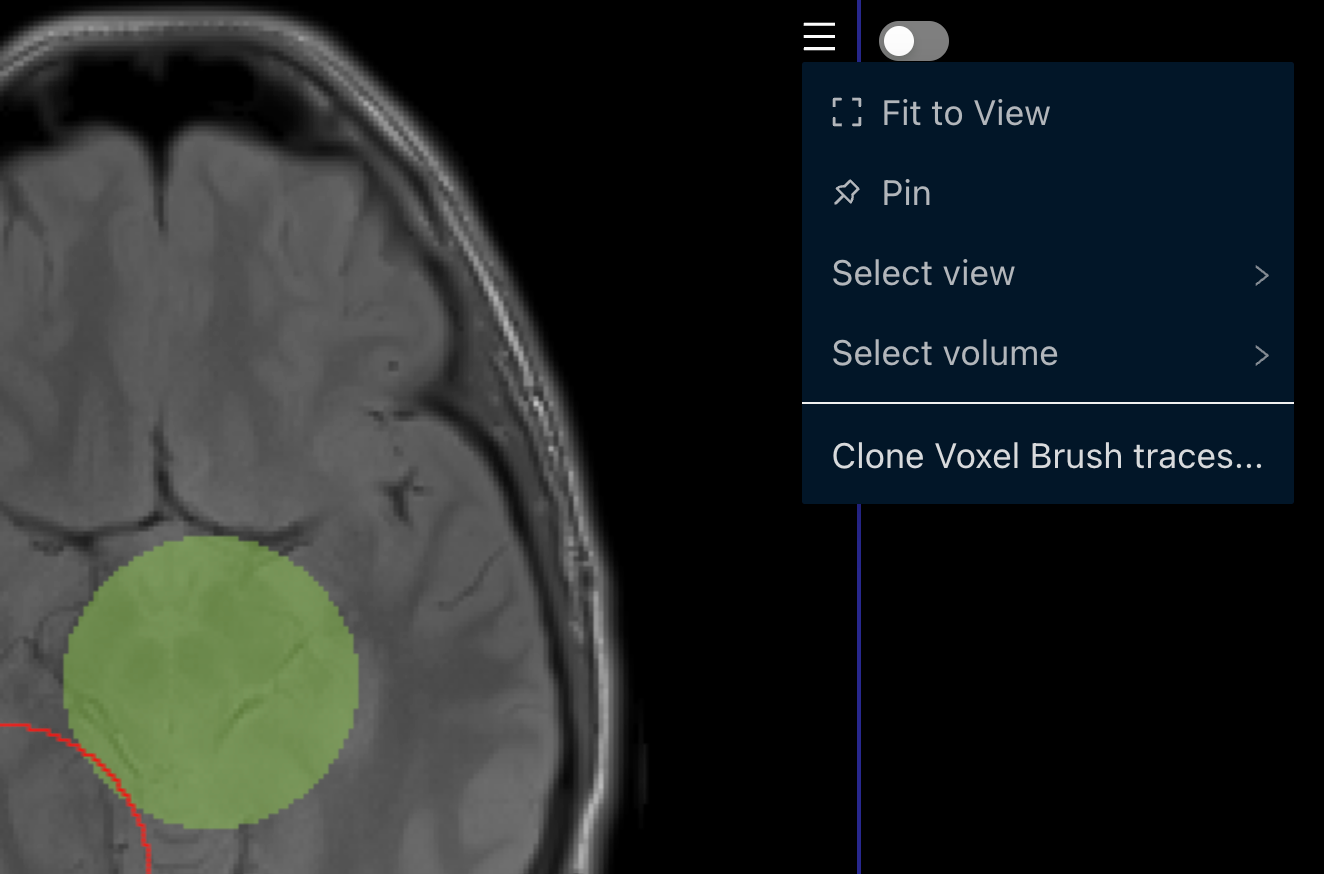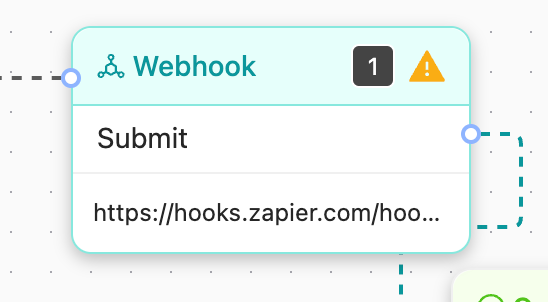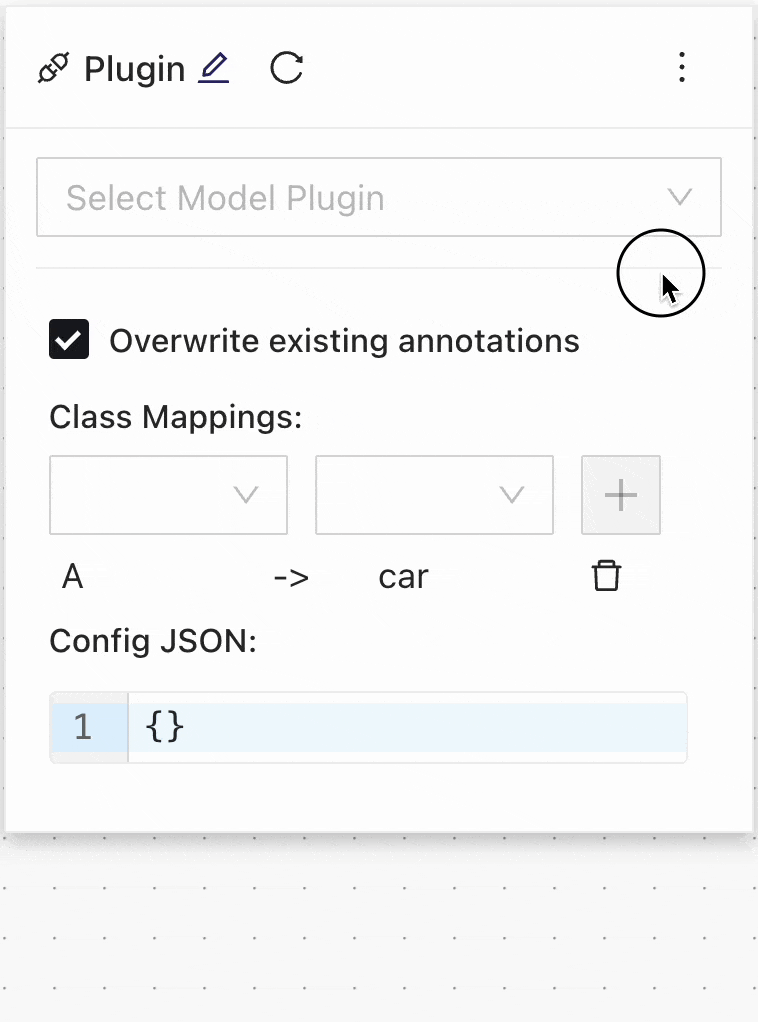The Asset Builder now supports embedding PDF, Word, and plain text documents stored in AWS S3 and Google Drive. Read more in our docs.
Users can now quickly clone voxel brush traces from one slice to others in the same view. Read more in our docs.

Webhook requests which did not receive a 200 response are now displayed in the Workflow editor, and their related tasks remain in the Webhook stage.

Webhook requests which did not receive a 200 response can now be retried. Read more in our docs.
The Webhook stage now no longer requires a secret.
When selecting a plugin from the Plugin stage settings, its default configuration is loaded automatically.

The Ango Hub API now contains a new function to annotate a single task, regardless of its stage. Read more about it here.
A project setup progress bar is now displayed next to the project name to help guide users to complete the different steps of setting up a new project on Ango Hub.

The audio labeling editor now contains, in the top bar, a button to run plugins directly from within the editor itself.
The Task Info section of the labeling editor now displays the “Created At” time and date.
Plugin preset configurations now also save the toggle regarding overwriting existing annotations.
The stability and reliability of uploading assets and pre-annotations has been improved under the hood.
The library used by Ango Hub to display PDF documents has been updated to address a potential security vulnerability.
The text fields used when entering 2FA OTP codes have been improved so that it’s easier to delete and re-type codes.
The text fields used when entering batch names in the project’s Settings tab have been improved such that the browser no longer displays autocompletion recommendations for them.
The Random Sample function of the Logic workflow stage now contains a new informative tooltip regarding why Ango Hub cannot guarantee the exact percentage of tasks flowing through the stage.